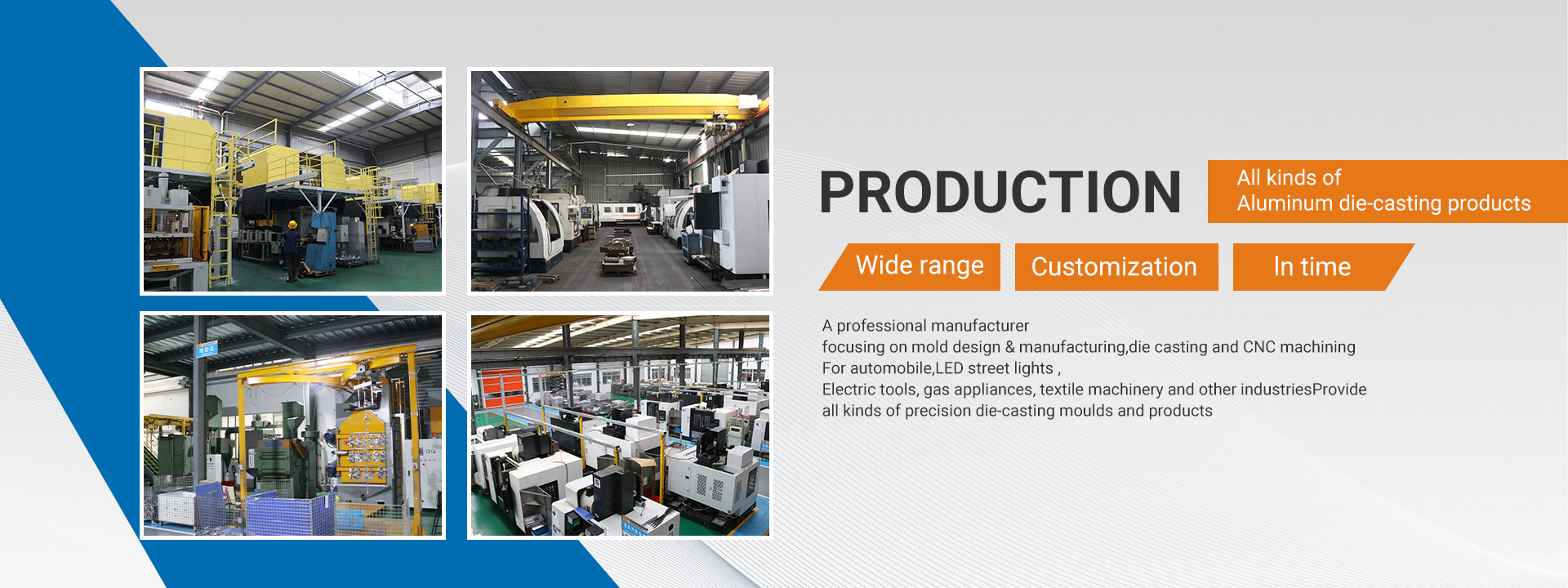The core technology of die-casting molds is the design technology of the gating system. The pouring system includes an internal gate, a channel overflow channel (slag ladle) for exhaust.
1、 An excellent die-casting mold design scheme must meet the following indicators
①. The mold can meet the high quality requirements of the product.
②. The mold can achieve high yield requirements in an effective time.
③. The mold can further improve its lifespan requirements under normal production conditions.
2、 To achieve the above indicators, die-casting molds have the following technical conditions
①. The feeding position is set reasonably. The parameters can meet the process requirements of die-casting production.
②. The size and form of the feed can accurately grasp the sequence, direction, as well as the subsequent intersection and filling points.
③. The arrangement of slag and gas is accurate, smooth, and efficient, and can play a role in adjusting the filling sequence.
If the pouring system design can have a good grasp of the filling flow direction and state speed. The positions of slag bags and air pockets are set at the junction or final filling area, ensuring smooth drainage (slag bags can also delay the junction and avoid eddy currents). It can minimize the resistance during filling and reduce energy consumption. The probability of forming in one go is high. There is no need to increase pressure and speed to obtain qualified products, resulting in high yield. Similarly, it is also beneficial for extending the lifespan of die-casting molds and die-casting machines. So, the core technology of die-casting molds is the design technology of the gating system.
3、 To meet the above conditions, die-casting mold design engineers need to meet the following requirements
①. Familiar with the die-casting process and the determination of its parameters.
②. Clearly understand the filling effect of various forms of flow channels.
③. Master the technique of controlling the order of feeding in the flow channel.
④. Master the skills of using overflow tanks (slag bags) to fill the intersection position and sequence.
⑤. Be able to determine the filling plan by analyzing the structural characteristics of the product.
The feeding form determines the filling state (including direction, dispersion or concentration, etc.), while the form of the transverse runner is the determining factor of the feeding sequence. As long as you are familiar with the basic forms of the feeding and transverse runners, understand their possible effects, analyze the characteristics of zero component structure and wall thickness changes, determine basic process parameters, and supplement them with clever settings of slag ladle and exhaust, you can design a high-quality pouring system.
High level die casting mold design can not only greatly meet the requirements of customers in terms of product production, mold life, and cost control. Moreover, manufacturing enterprises themselves will also reduce costs and improve efficiency due to their high success rate.
Post time: Oct-17-2023



